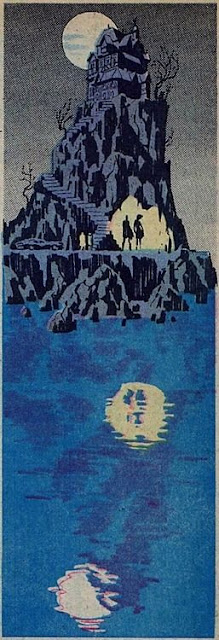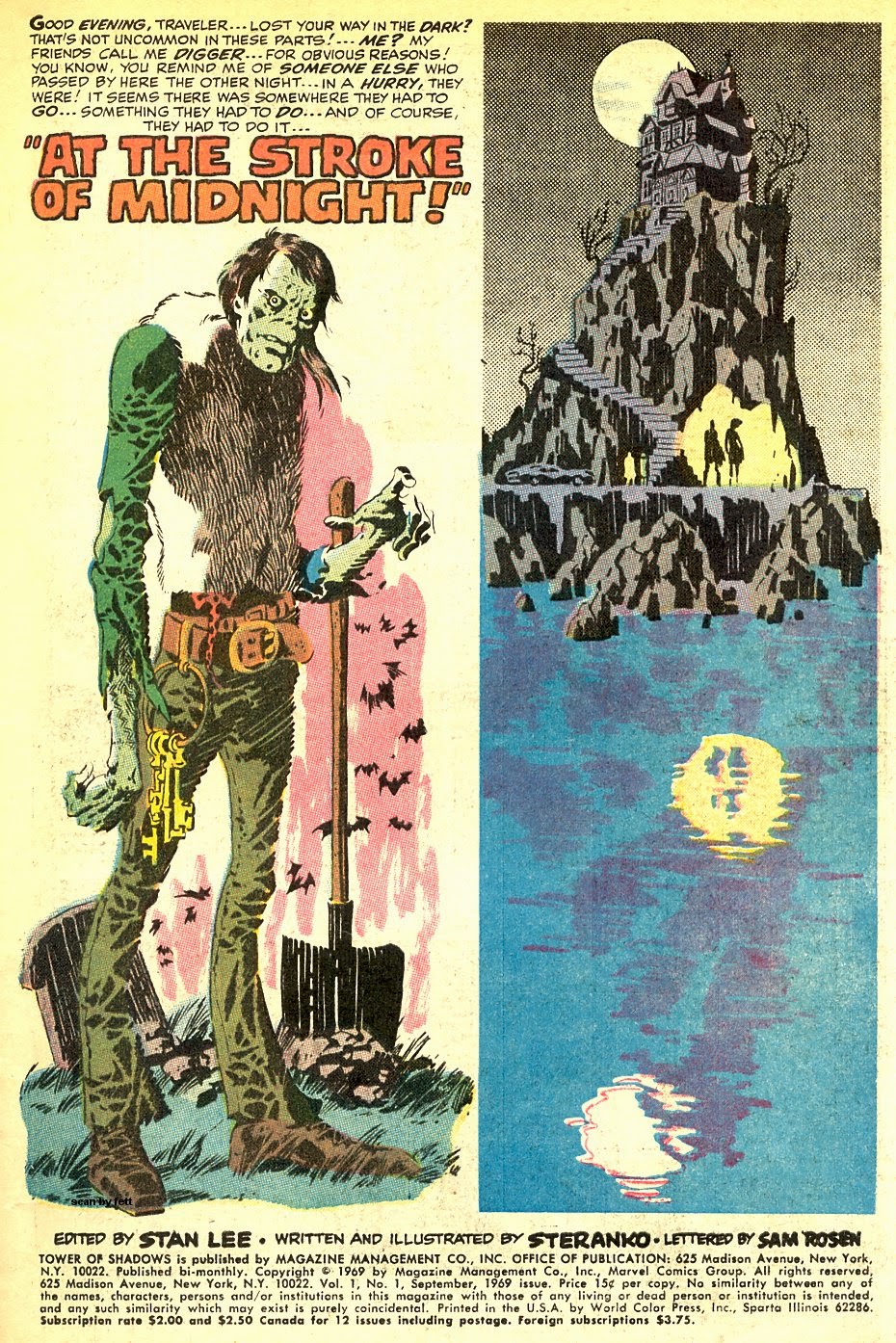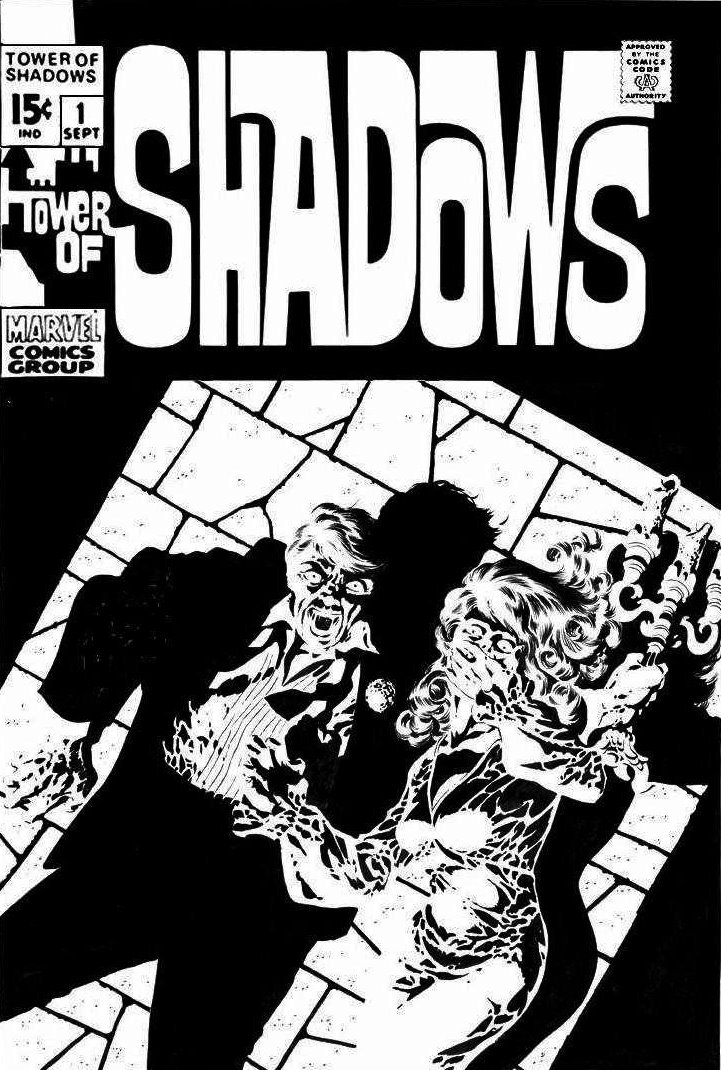
Toth is one of the few guys who can simplify an illustration to a minimum of lines with a maximum of impact. The fewer lines you can put into a drawing the quicker it reads, and the simpler it is. Actually, the opposite is generally true. Fans seem to think that the more lines that go into a drawing the better it is.

Fans seem to have a lot less opinion of Robbins for some reason, just because they're more enamored of lines. I still think Robbins is one of the greatest storytellers of all time. Steranko in 1978 described some influences and their impact on his creative philosophy:Įarly influences were Chester Gould's Dick Tracy (not particularly in my drawing style but in subject matter and an approach to drama), Hal Foster, and Frank Robbins' Johnny Hazard.
Jim steranko at the stroke of midnight movie#
Radio programs, Saturday movie matinées and serials, and other popular culture also influenced him. He studied the Sunday comic strip art of Milton Caniff, Alex Raymond, Hal Foster, and Chester Gould, as well as the characters of Walt Disney and Superman, provided in "boxes of comics" brought to him by an uncle. Despite his father's denigration of Steranko's artistic talent, and the boy's ambition to become an architect, Steranko paid for his art supplies by collecting discarded soda bottles for the bottle deposit and bundled old newspapers to sell to scrap-paper dealers. Steranko had begun drawing while very young, opening and flattening envelopes from the mail to use as sketch paper. His youngest brother was born when Steranko was 14, "severing even the minimal interaction between me and my parents." I was bused to school for four years, then dropped into standard junior high." There, being smaller and younger than his classmates, he found himself a target for bullies and young gang-members until he studied boxing and self-defense at the local YMCA and began to successfully fight back. Later, "Because my father had tuberculosis (and I tested positive), I began third grade at what was called an 'open-window' school, a facility across the city that had a healthy program for kids with special problems. Steranko recalled beginning school at age 4. Steranko's father and five uncles showed musical inclination, performing in a band that played on Reading radio in the 1930s, Steranko has said. He slept on a couch in the nominal living room until he was more than 10 years old. Steranko later said his father and uncles "would bootleg coal – they would go up into a mountain and open up a shaft." One of three children, all boys, Steranko spent his early childhood during the American Great Depression living in a three-room house with a tar-paper roof and outhouse toilet facilities. Steranko's father, one of nine siblings, began working in the mines at age 10, and as an adult became a tinsmith. According to Steranko's authorized biography, his grandparents emigrated from Ukraine to settle in the anthracite coal-mining region of eastern Pennsylvania. Steranko was born in Reading, Pennsylvania. He was inducted into the comic-book industry's Will Eisner Comic Book Hall of Fame in 2006. He went on to create book covers, become a comics historian who published a pioneering two-volume history of the birth and early years of comic books, and to create conceptual art and character designs for films including Raiders of the Lost Ark and Bram Stoker's Dracula.



His work has been published in many countries and his influence on the field has remained strong since his comics heyday. Steranko earned lasting acclaim for his innovations in sequential art during the Silver Age of Comic Books, particularly his infusion of surrealism, op art, and graphic design into the medium. His most famous comic book work was with the 1960s superspy feature " Nick Fury, Agent of S.H.I.E.L.D." in Marvel Comics' Strange Tales and in the subsequent eponymous series. "Jim" Steranko (born November 5, 1938) is an American graphic artist, comic book writer/artist, historian, magician, publisher and film production illustrator.


 0 kommentar(er)
0 kommentar(er)
